[ad_1]
Cranberries want some consideration and annual care to develop their greatest. They’ll produce bushels stuffed with recent berries so that you can take pleasure in from summer time by way of fall. Give them the correct therapy, and so they’ll thwart pests, ailments, and rising challenges.
These floor covers are native to northeastern North America from Canada by way of the U.S. They’re shut family of blueberries, huckleberries, and lingonberries. Search for the scientific title Vaccinium macrocarpon to make sure you’re getting the North American species.
These native spreaders develop in wild, boggy areas with loads of sand and natural matter. Their creeping stems root as they develop, forming huge stands of cranberries. Let your crops roam and creep; they’ll produce extra fruit than most different shrubs!
So, what do cranberry crops must succeed, and may they develop in your panorama? Let’s get into it.
The Quick Reply
Sure, you’ll be able to develop cranberries in your house backyard! They want fertile, wealthy, and acidic soil. A mixture of natural matter, sand, and a few silt or clay works properly. An excessive amount of clay and the roots will drown with the moist situations this native plant prefers. The important thing to cranberry success lies in utilizing the soil combine they like.
These evergreen floor covers additionally want daylight, airflow, and water to sprout flowers and berries. With the correct therapy, they’ll produce ripe-red, scrumptious, and juicy cranberries for years in your backyard.
The Lengthy Reply
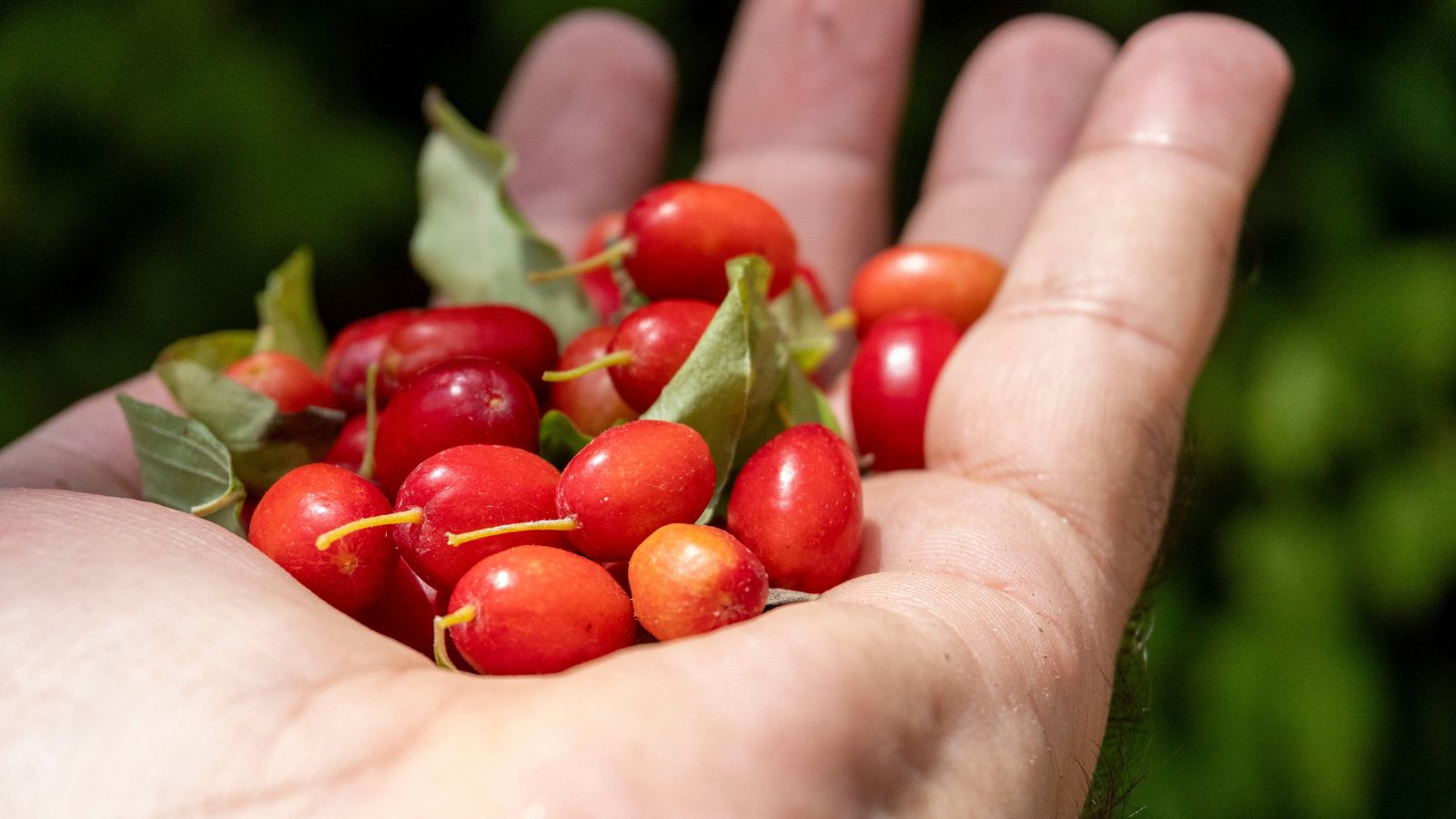

Grant cranberry crops a while, consideration, and care. They’ll thrive in USDA plant hardiness zones 2 by way of 8. They want lengthy, cool winters to do their greatest in spring. Gardens could require amending or additional safety however will work after they obtain some fixings.
Select A Productive Selection
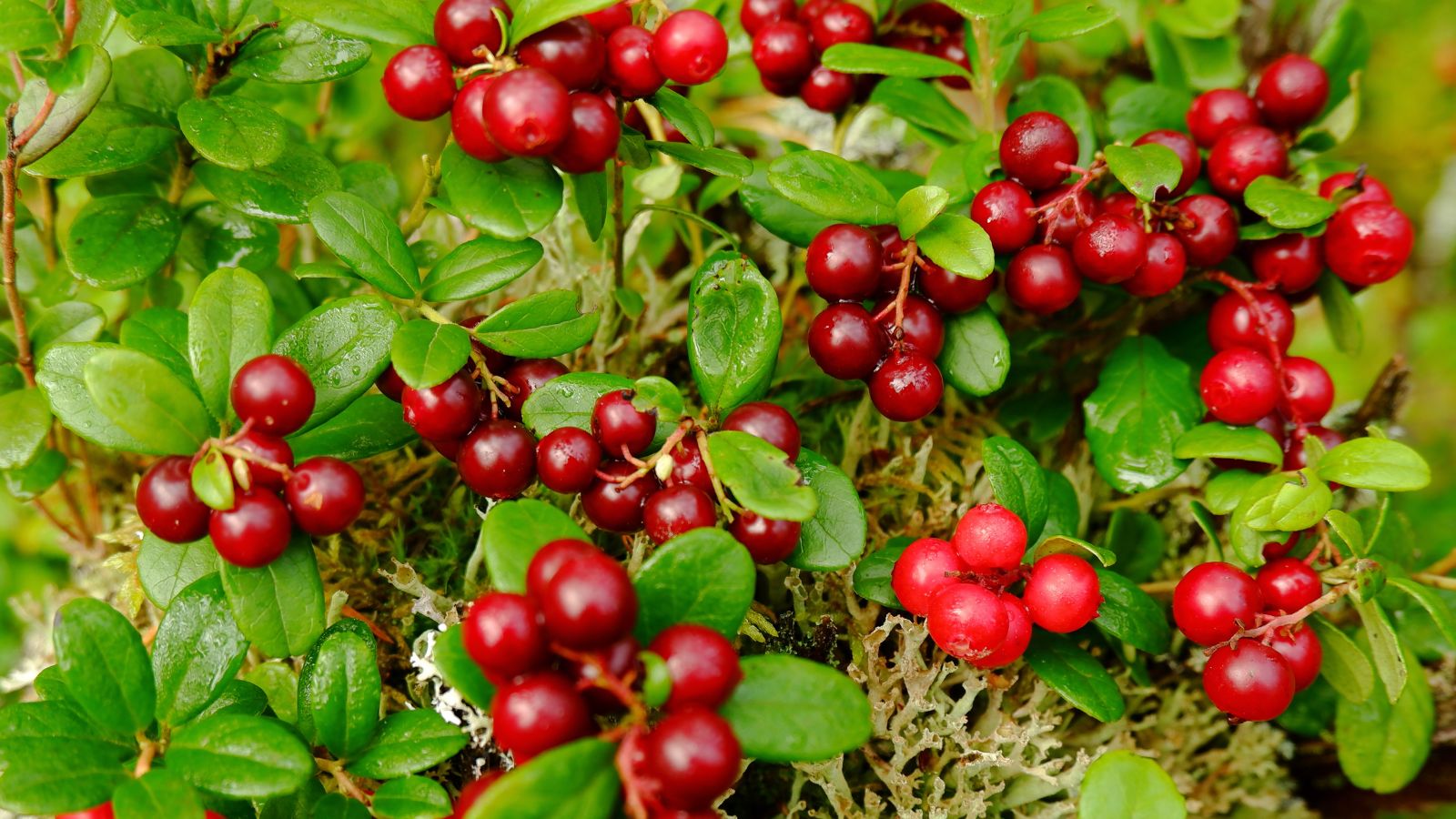

Many industrial fruit growers use cultivars that develop higher than the native species. These hybrids may also work properly in house gardens—they’re confirmed success makes them good candidates for planting. You may develop the species sort Vaccinium macrocarpon. It’ll carry out greatest in its native vary and different temperate zones with cool winters.
If you happen to’d wish to develop varieties with confirmed success, begin with a sort like ‘Ben Lear.’ It’s an early-ripening selection with medium-sized cranberries that style scrumptious in sauces and smoothies. ‘Pilgrim’ is one other glorious cultivar. It varieties late-ripening darkish berries and is ideal for gardeners with lengthy rising seasons.
| Beneficial Cultivar | Distinctive Traits |
| ‘Ben Lear’ | Early-ripening, medium-sized berries |
| ‘Pilgrim’ | Late-ripening, darkish, candy berries |
| ‘Crimson King’ | Early-ripening, excessive yields |
| ‘Granite Pink’ | Mid-season ripening, candy berries |
There are two different excellent candidates for the yard backyard. ‘Crimson King’ sprouts bushels of enormous cranberries early within the rising season. ‘Granite Pink’ ripens through the center of summer time, nevertheless it sprouts berries with much less tartness than different sorts. Use this selection for recent consuming or smoothies, because it provides a nice sweet-tart taste.
Amend Poor Soils
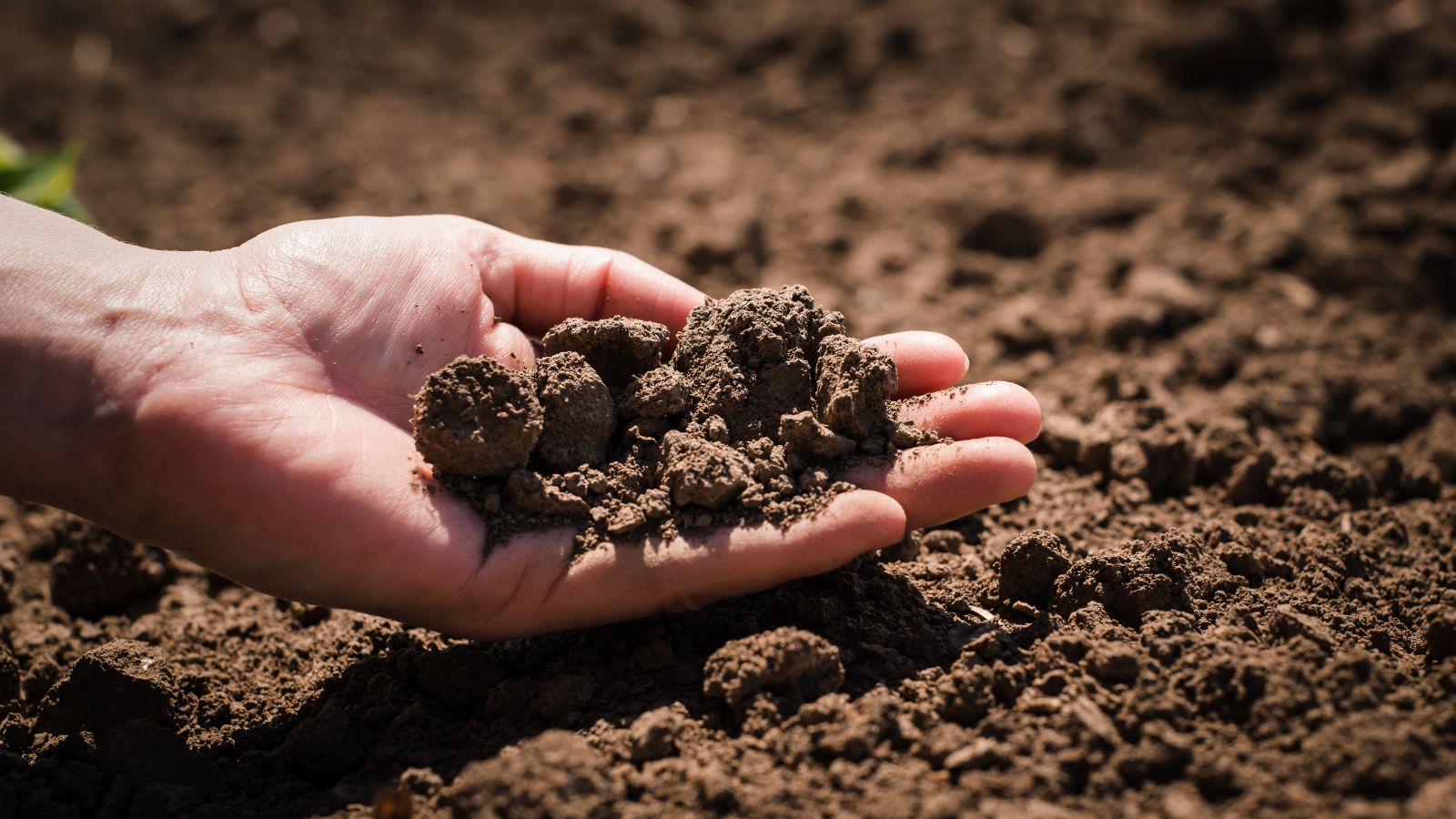

These native floor covers thrive in boggy, marshy swamps wealthy in peat, natural matter, and sand. Peat is troublesome to supply, though natural matter and sand work properly as a replacement. The purpose is to create a free floor materials that’s porous, absorbent, well-draining, and acidic.
As this species grows, it spreads tendril-like stems that root as they creep alongside the soil. They’ll battle to breathe in areas with extreme quantities of clay. Though industrial growers flood their fields, they know they’ll solely achieve this a couple of instances a yr.
Extreme moisture invitations root rot, fungal ailments, and pests. You’ll need the earth to be moist however not soggy. Add sand, compost, and leaf mould yearly to spice up your fruiting crop. Pine needles, fall leaves, and grass clippings additionally work properly of their place. Apply these amendments extra typically in the event that they’re obtainable to develop wholesome, sturdy, and resilient specimens.
Cranberries require acidic soil with a pH between 4.0 and 5.2. Use backyard sulfur throughout fall or spring to make alkaline soils extra acidic—along with this, you might also add natural matter like pine needles, leaves, and compost. Sulfur amendments take a couple of weeks to have an effect on the soil pH, and natural amendments could take longer. They’ll start to work after water helps them leach into the bottom the place microbes incorporate them additional.
Choose A Good Rising Web site
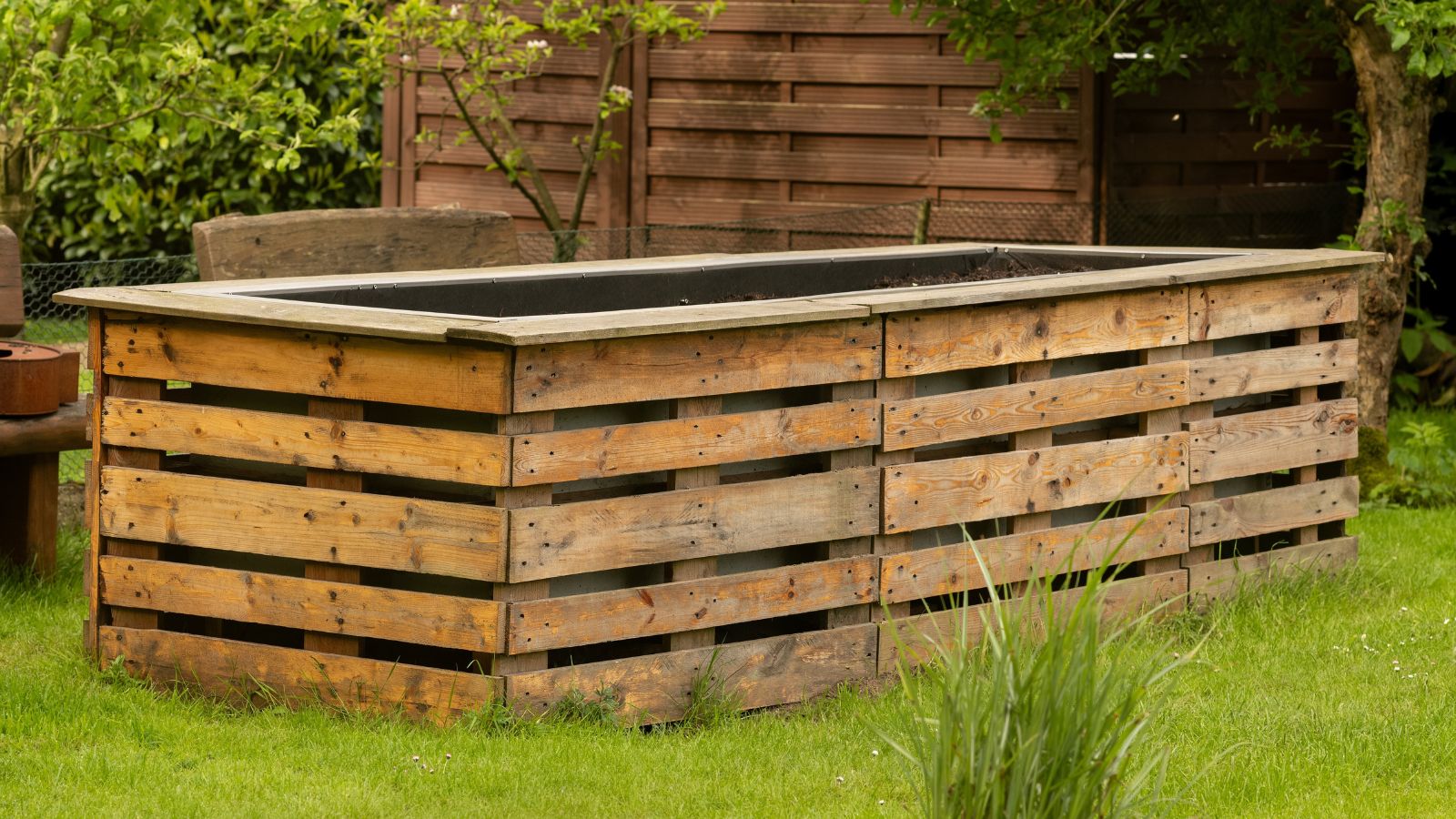

Cranberry crops admire full solar to develop as many berries as doable. Full solar in zones 7 and eight could imply an excessive amount of daylight for these cool-weather lovers. Grant crops afternoon shade for those who routinely expertise heatwaves and droughts throughout summer time.
The most effective web site is one with naked soil for these spreaders to develop into. They’ll develop as far and large as you allow them to! Prune their tricks to encourage bushier development and to restrict their unfold. You might preserve crops small and tidy—simply know they’ll have fewer blossoms and fruit than rangy, creeping specimens.
Cranberries produce berries properly in raised beds, particularly amongst different perennials and annuals. Maintain the weeds out so there’s no competitors for assets, and prune taller crops in the event that they shade your fruit. I develop a cranberry subsequent to a lingonberry; they unfurl their sprouts close to one another, preferring related situations.
Water Persistently
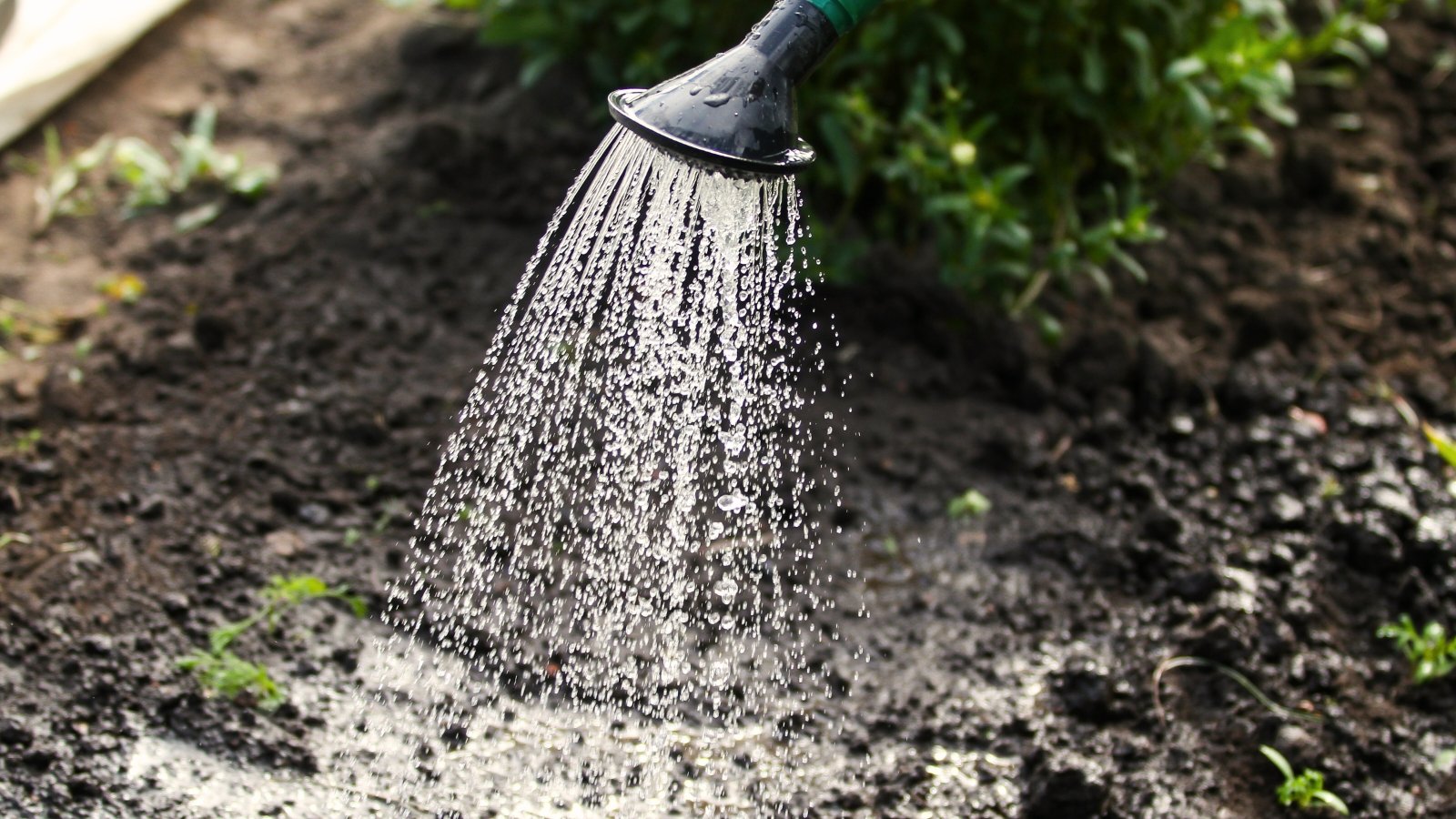

Though these flowering floor covers tolerate occasional flooding, they don’t need moist, soggy soil that doesn’t drain properly. Water them typically sufficient in order that they’re moist and never soggy, like a wrung-out sponge. This can be roughly than regular, relying on the season and whether or not the crops are actively rising.
Winter-wet areas just like the Pacific Northwest may have extra sand within the grime to regulate for extreme rainfall. Conversely, extra natural matter will assist the soil soak in moisture for crops that develop underneath dry, seasonal climates. Water extra if the soil dries often and fewer if it stays moist. The extra daylight your crops obtain, the extra water they’ll drink.
Cranberry crops rising inside raised beds may have extra water than these rising within the floor. The beds drain faster than these within the floor. Test on the crops day by day or two to see how they’re doing, and so they’ll inform you with perky or drooping leaves.
Use Cranberries As Floor Covers
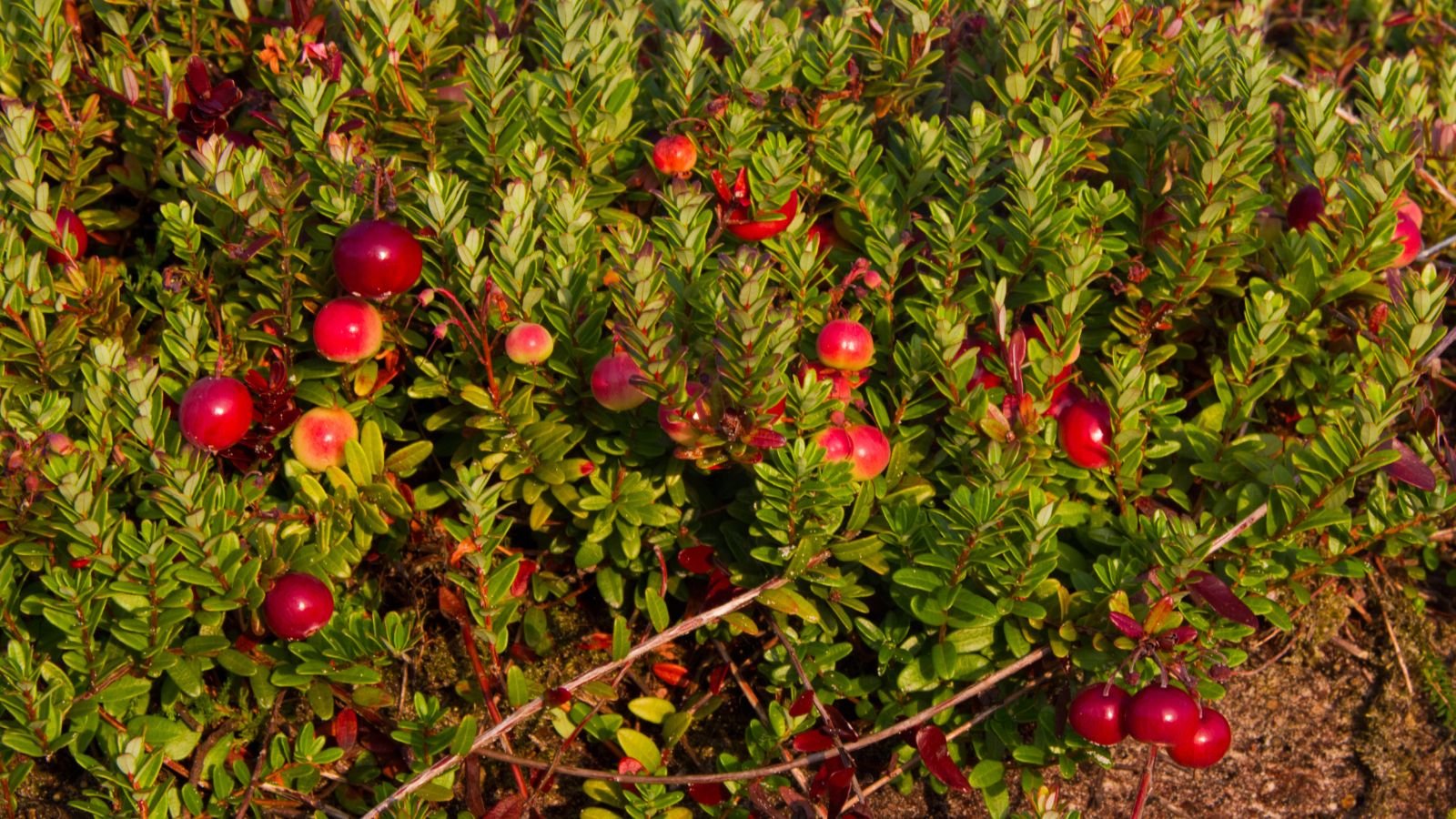

Cranberries develop in partial shade, although they produce fewer blossoms and fruits than these in full solar situations. If you happen to’d like a pretty, flowering, native floor cowl, select cranberries! You have got extra liberty rising these fruiting crops once you don’t intend to make use of them for berry manufacturing.
Floor cowl specimens will produce some cranberries you’ll be able to gather and eat. Use them as edible landscaping crops with erosion management on hillsides, slopes, and boggy websites. Their rooting stems anchor soils, retaining them from washing away throughout extreme rains and storms.
To make use of cranberries as floor covers, transplant potted crops in fall or spring. House them two ft aside and guarantee they obtain constant moisture whereas they unfold and set up themselves. Your specimens will want common water to remain wholesome and robust.
Will Cranberries Develop in Containers?
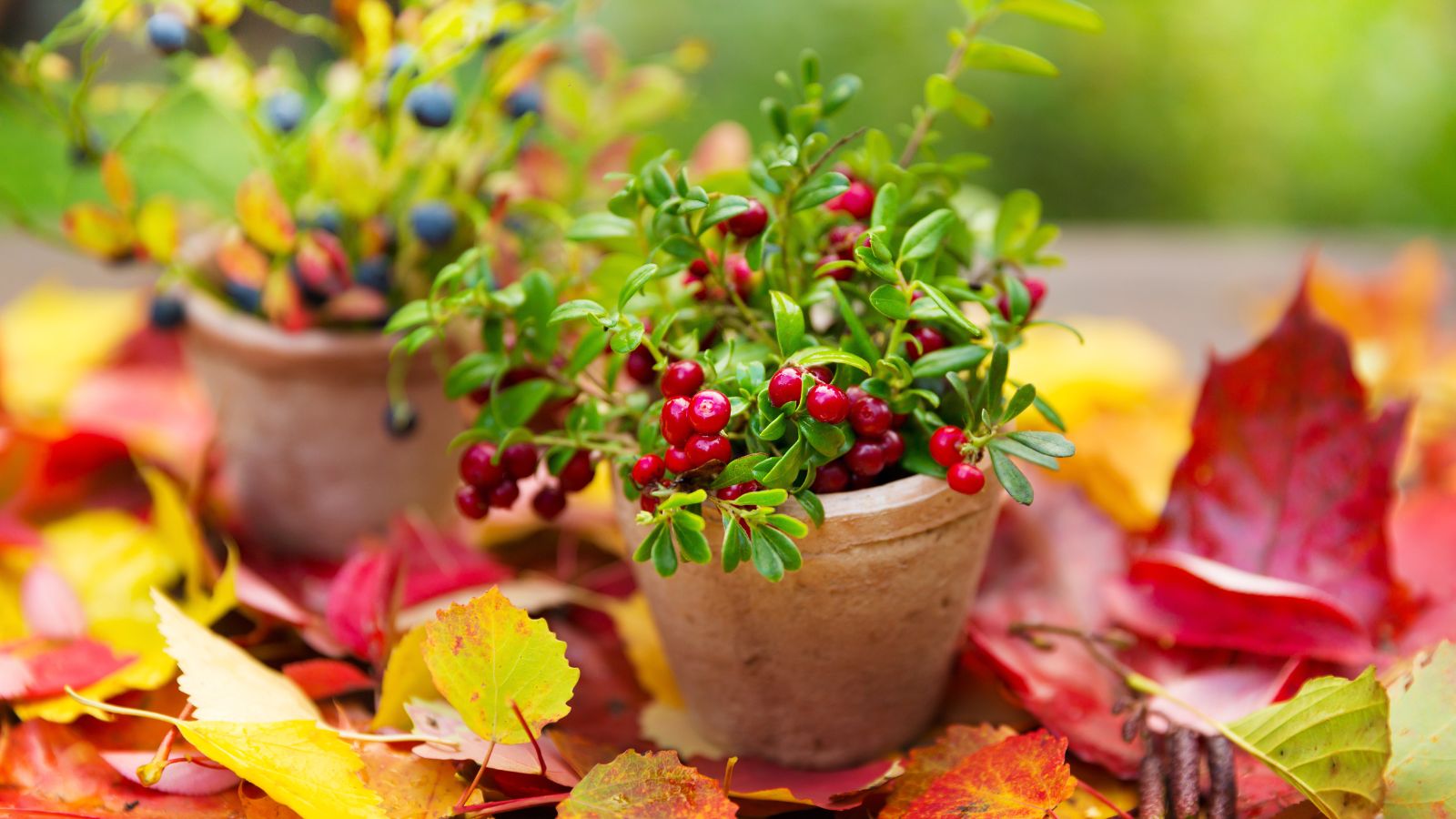

Sure, cranberries can develop in containers! They want a large and comparatively deep pot to make sure their roots have sufficient soil to creep into. Guarantee your container is a foot or two large and not less than a foot deep. Fill it with soil combine for cranberries; mix sand, natural matter, and potting soil. Use compost if in case you have it or strive a substitute like leaf mould.
Container specimens want extra water in spring and summer time climate. Heat days warmth the pot’s grime faster than the bottom, threatening your crops with dry soil. They’ll want water every day or each two days within the excessive summer time warmth, and fewer in order temperatures cool.
Use the finger check to know when to water! Merely stick your finger into the container. If you happen to sense a lot of moisture beneath the floor, maintain off on watering. If you happen to really feel dry grime as a substitute, apply loads of water in order that it turns into moist however not soggy.
Retailer and Eat Cranberries
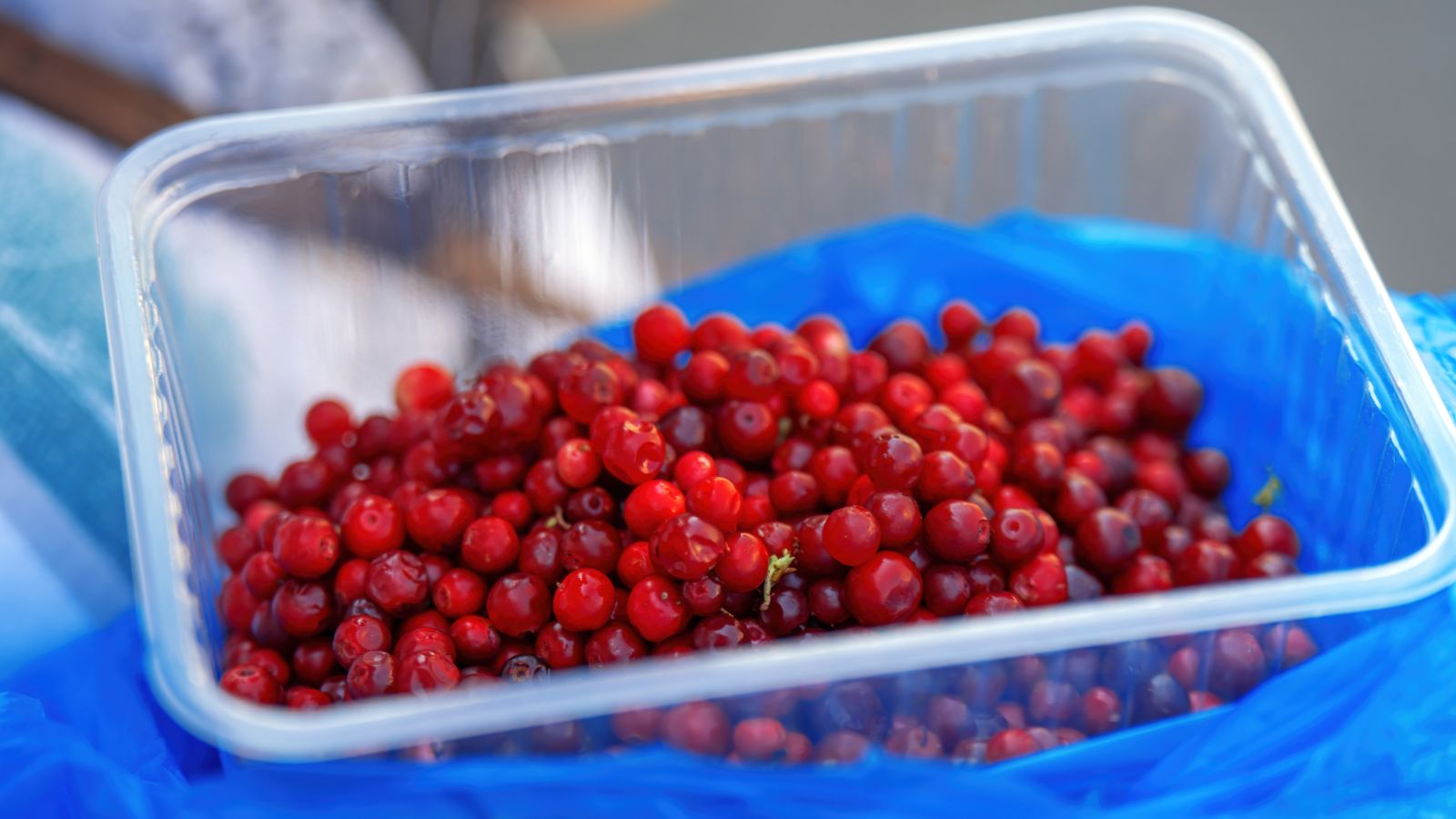

Cranberries style tart, candy, and juicy once you eat them recent. They might be too tart for some gardeners’ tastes. Nonetheless, they make scrumptious recipes for vacation occasions. The winter season is stuffed with conventional dishes like cranberry sauce and jelly. Sneak the berries into smoothies for an antioxidant enhance for those who dislike their recent taste.
Like most autumn harvests, cranberries ripen unexpectedly. You’ll have basketfuls of fruit to handle! Retailer the recent, frozen, or dried fruit long-term with easy strategies. Recent berries are juicy like blueberries, whereas frozen ones final for much longer. Dried berries are a tasty snack, though they require a bit extra processing.
- Recent
- Wash the fruit first and let it dry. Then, put recent fruit in hermetic containers with a material towel, paper towel, or serviette. The fabric towel absorbs extra moisture, and the hermetic container retains the berries recent. They’ll preserve for a month or longer this manner.
- Frozen
- Frozen berries preserve their high quality and taste for a yr with the correct situations. Retailer washed and dried cranberries in hermetic containers in a freezer drawer or chest.
- Dried
- Use a meals dehydrator to convey the water out of the fruit. It’s also possible to use an oven on its lowest setting. Scatter the cranberries on a baking tray, and switch them each fifteen minutes till dry and shriveled. Retailer dry fruit in hermetic containers for six months or longer.
Pests and Illnesses
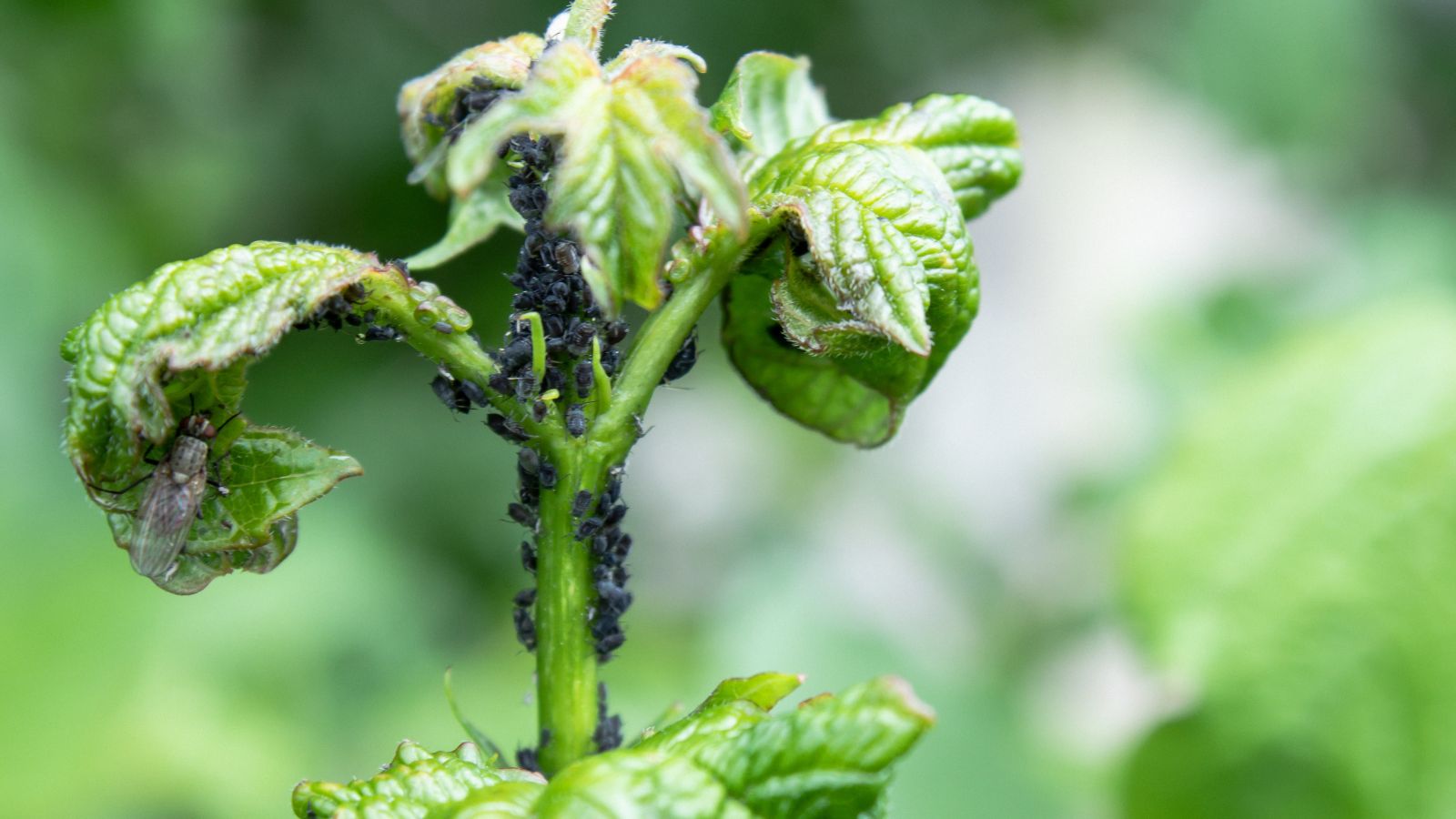

You might even see some pests or plant pathogens infest sad crops. Once they battle they’ve lowered defenses, and these outdoors pressures simply transfer in. Apply compost or an natural mulch to the positioning repeatedly, and preserve your cranberries moist however not soggy. This can preserve most pests and ailments away.
If you happen to do see weevils, worms, or flea beetles, it’s possible you’ll wish to intervene. Spray small pests off your plant with water; choose giant beetles off the stems and place them in soapy water. Use a micromesh netting to forestall moths from laying worm eggs. Drape the web over the crops, or preserve it hovering with bamboo stakes.
Fruit rot, upright dieback illness, and a few viruses can infect cranberries. The primary two situations are from an array of fungi that thrive in dry or moist situations. Maintain the cranberry roots moist with out extreme moisture, and guarantee they don’t dry out throughout summer time.
Extreme nitrogen and poor drainage might help the fungi thrive as a substitute of the cranberries. Different ailments like viruses are sometimes unfold by thrips that chew tender foliage and flowers. Develop cranberries outdoor as a substitute of in greenhouses to forestall thrip infestations.
[ad_2]
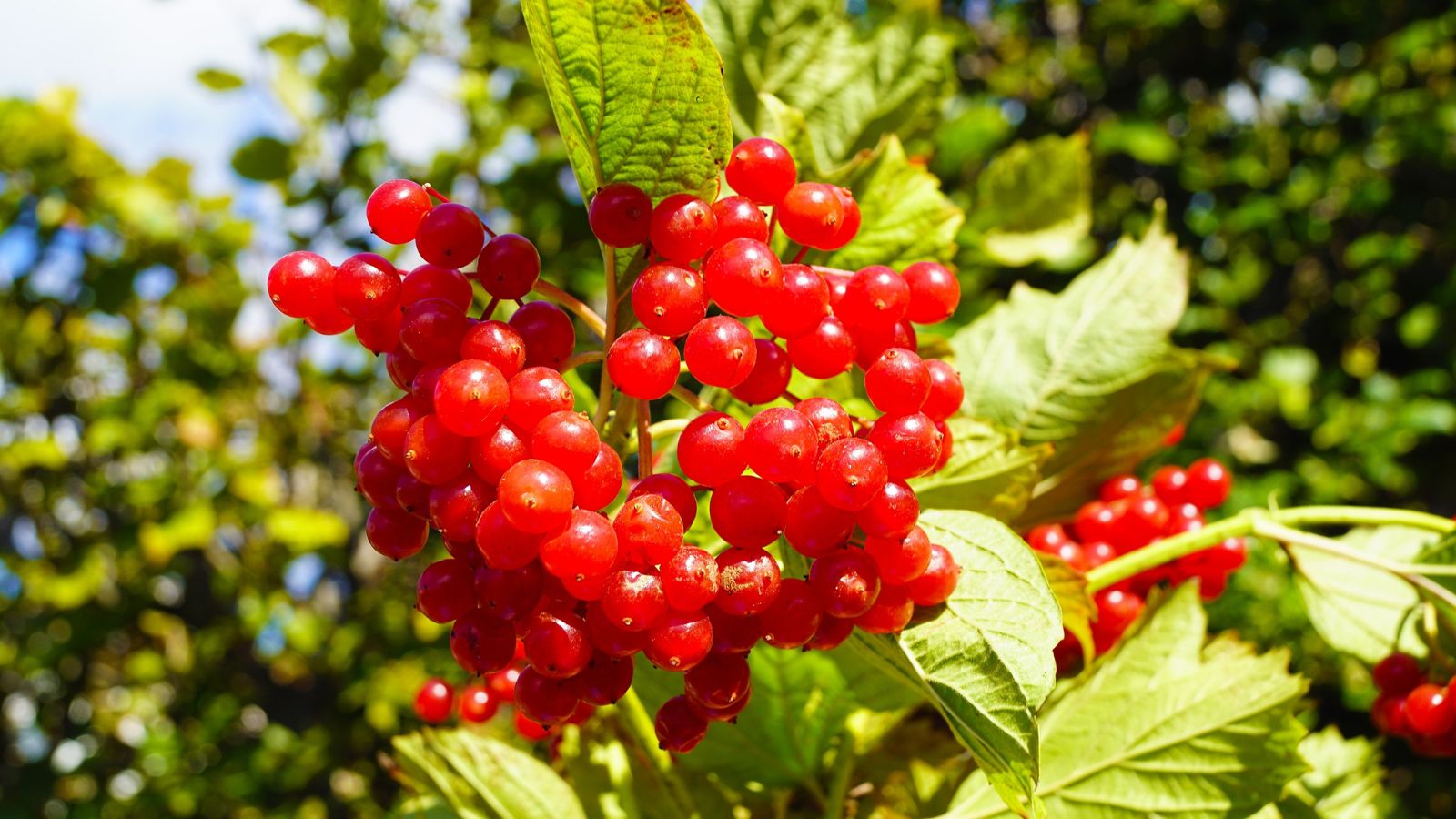
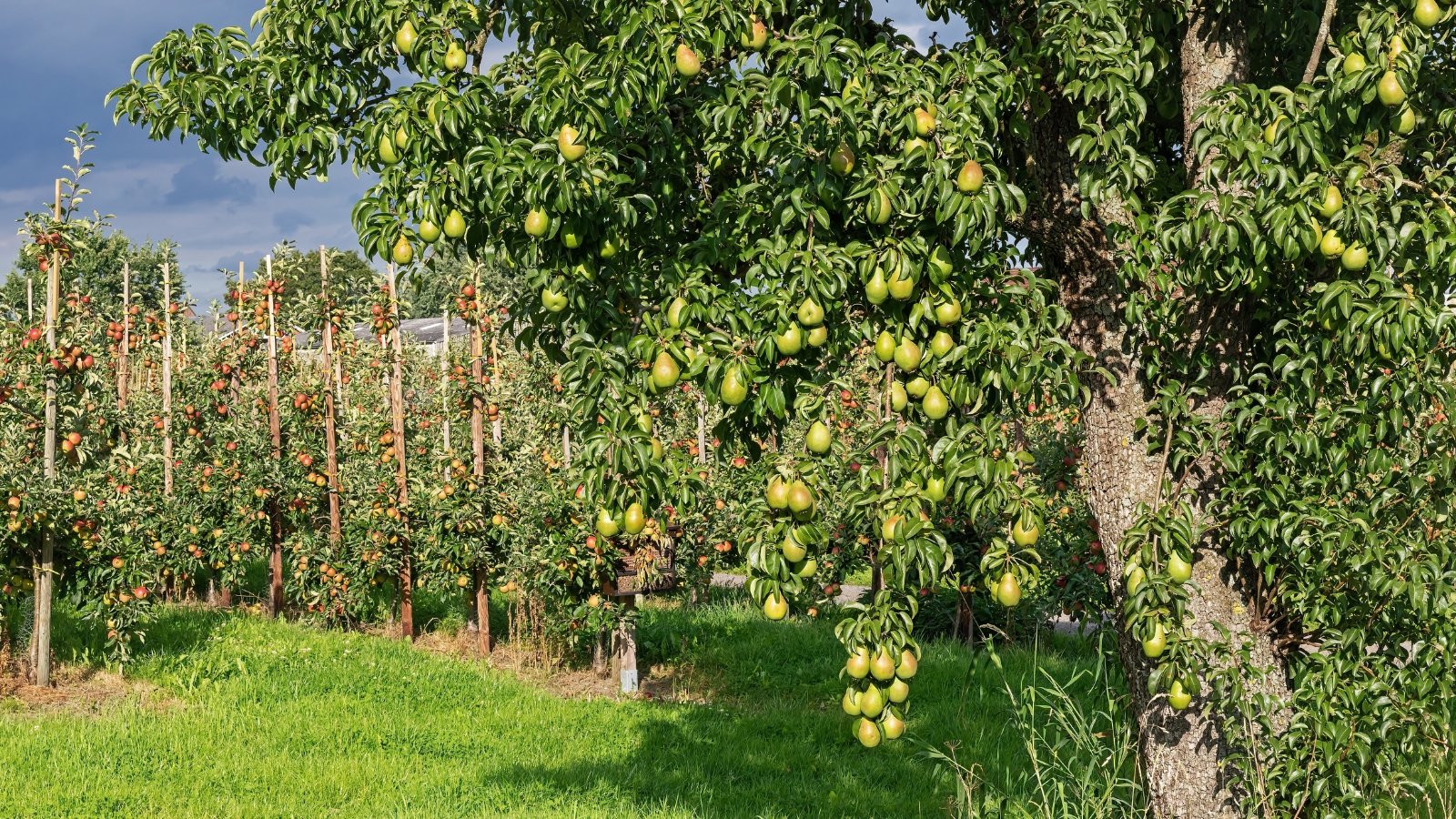
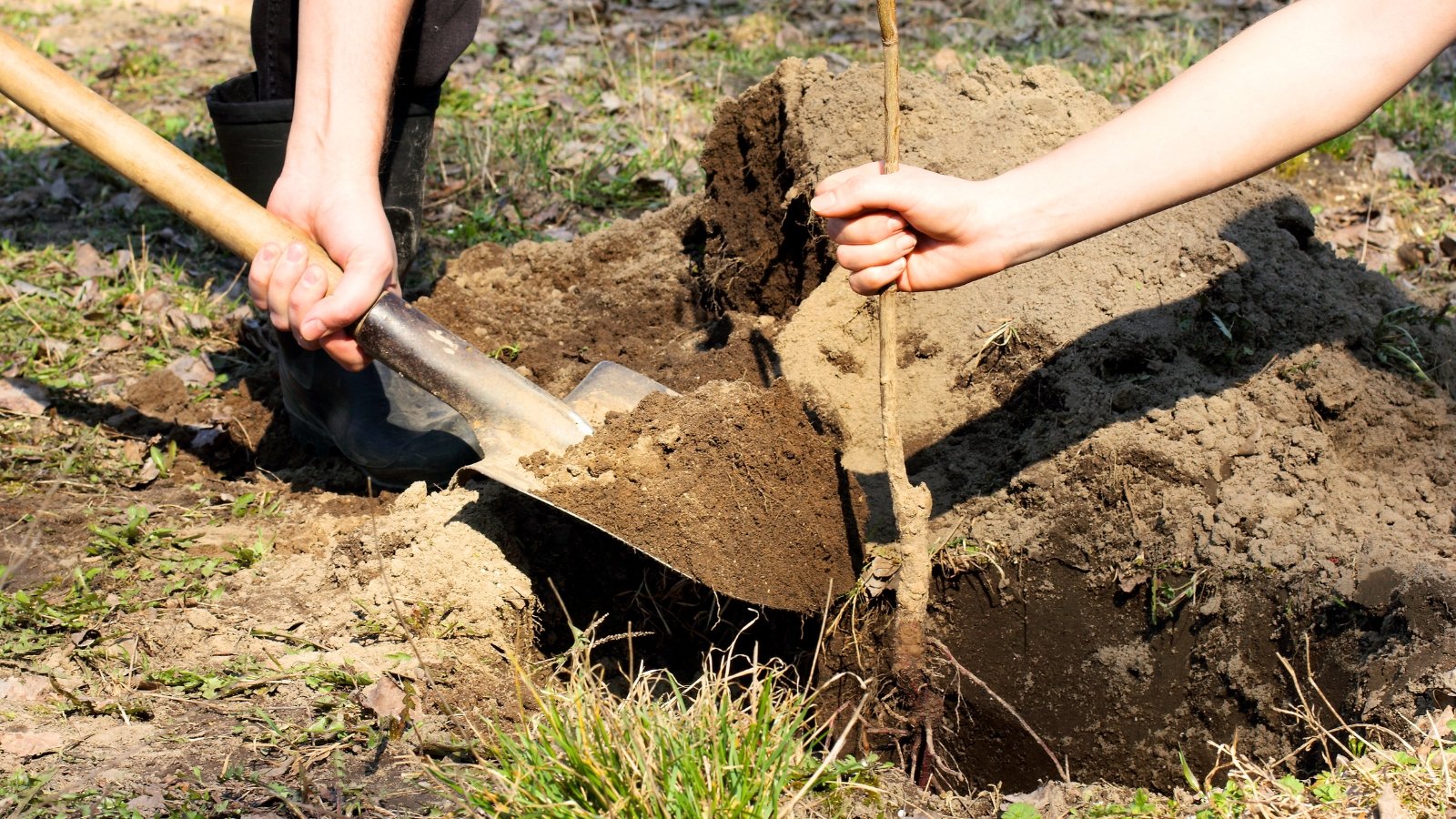
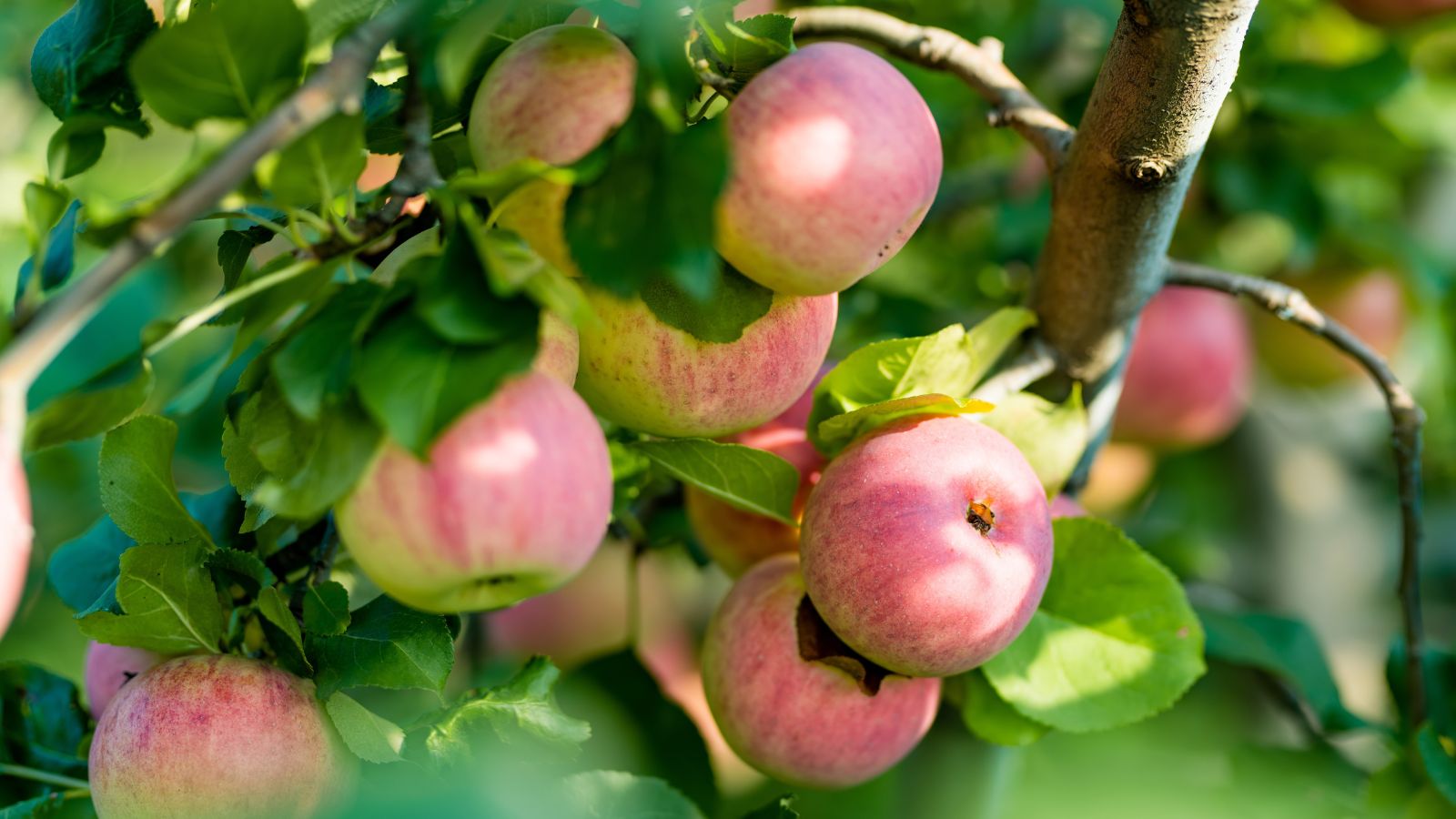
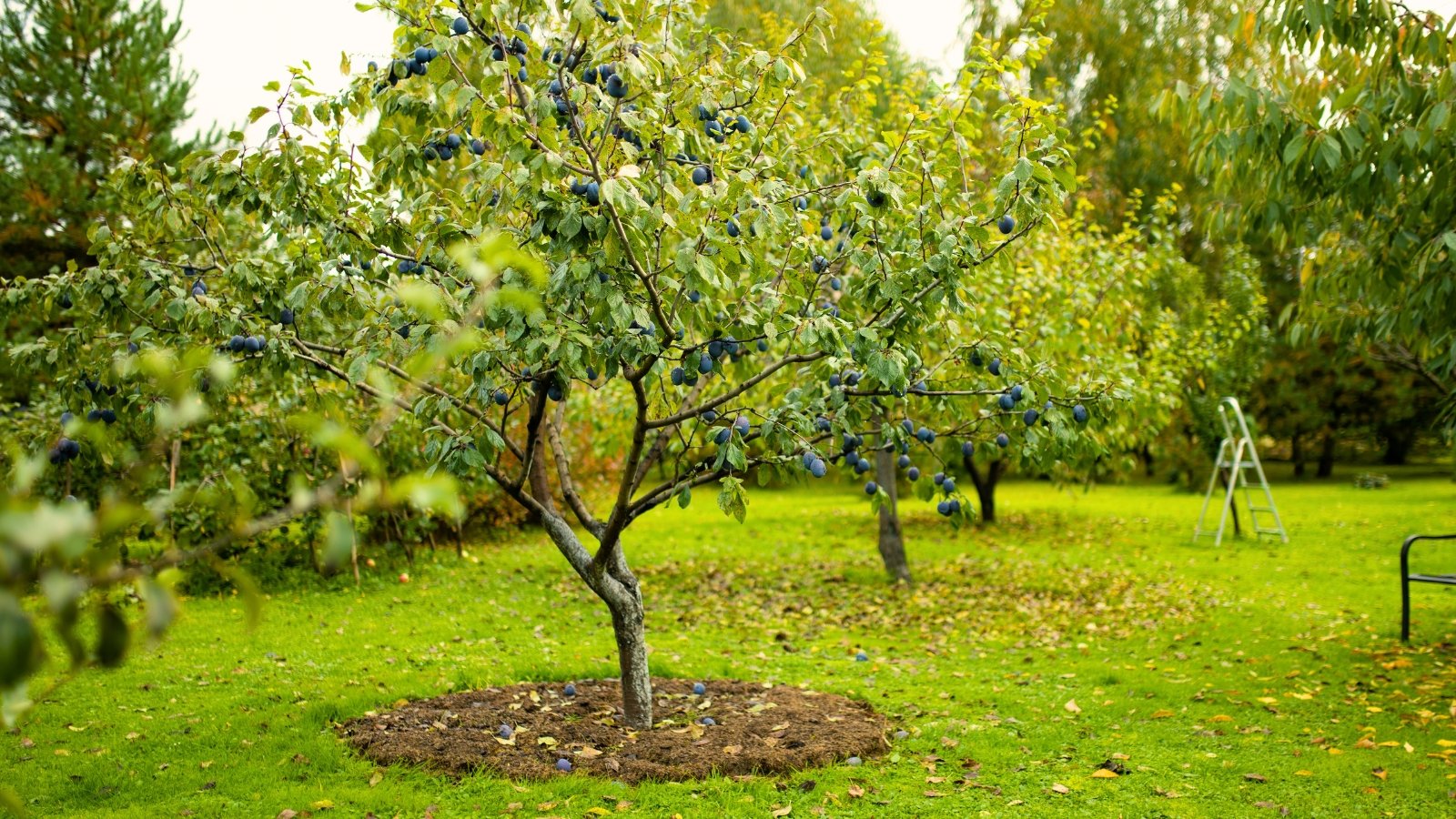
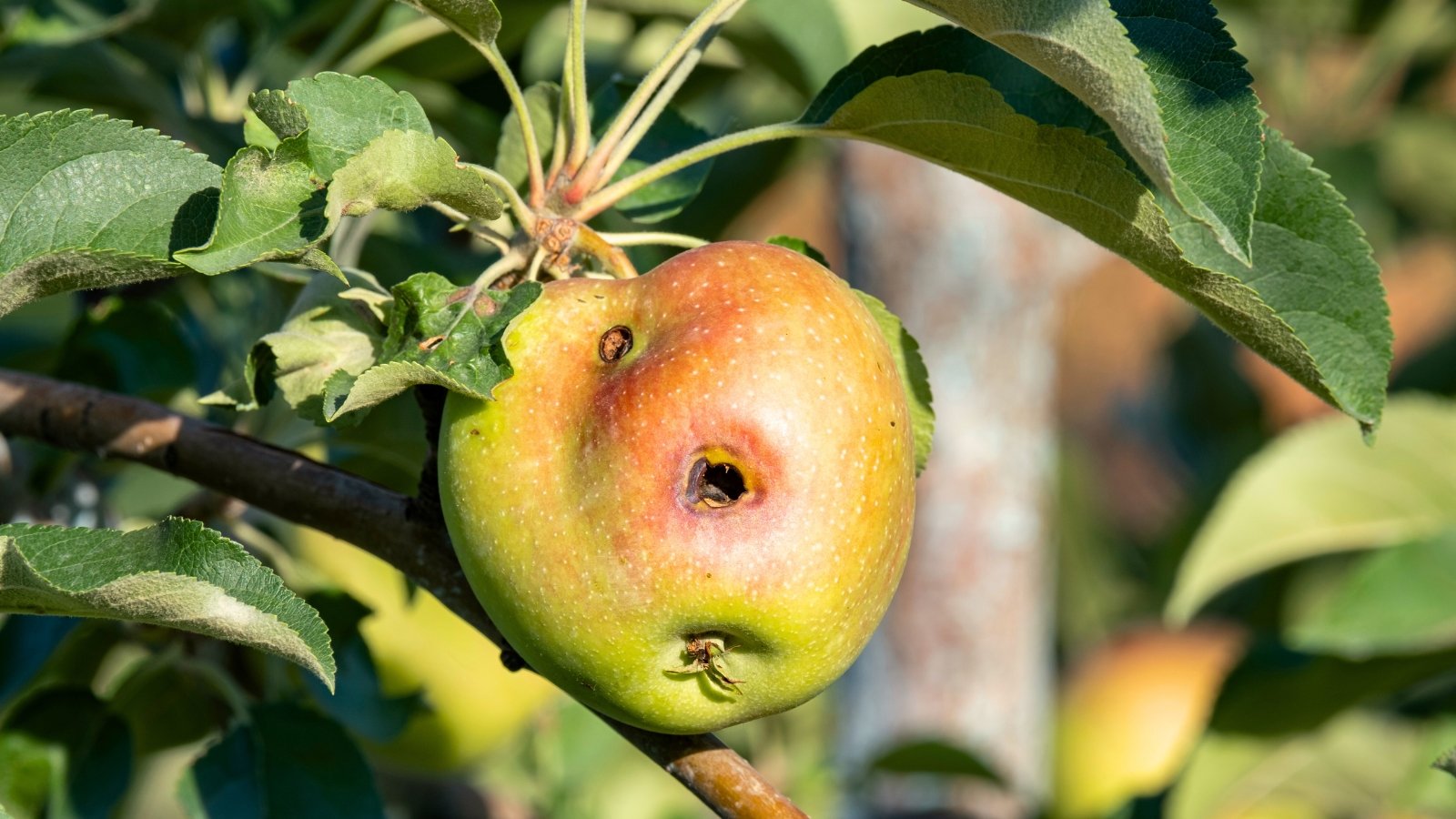
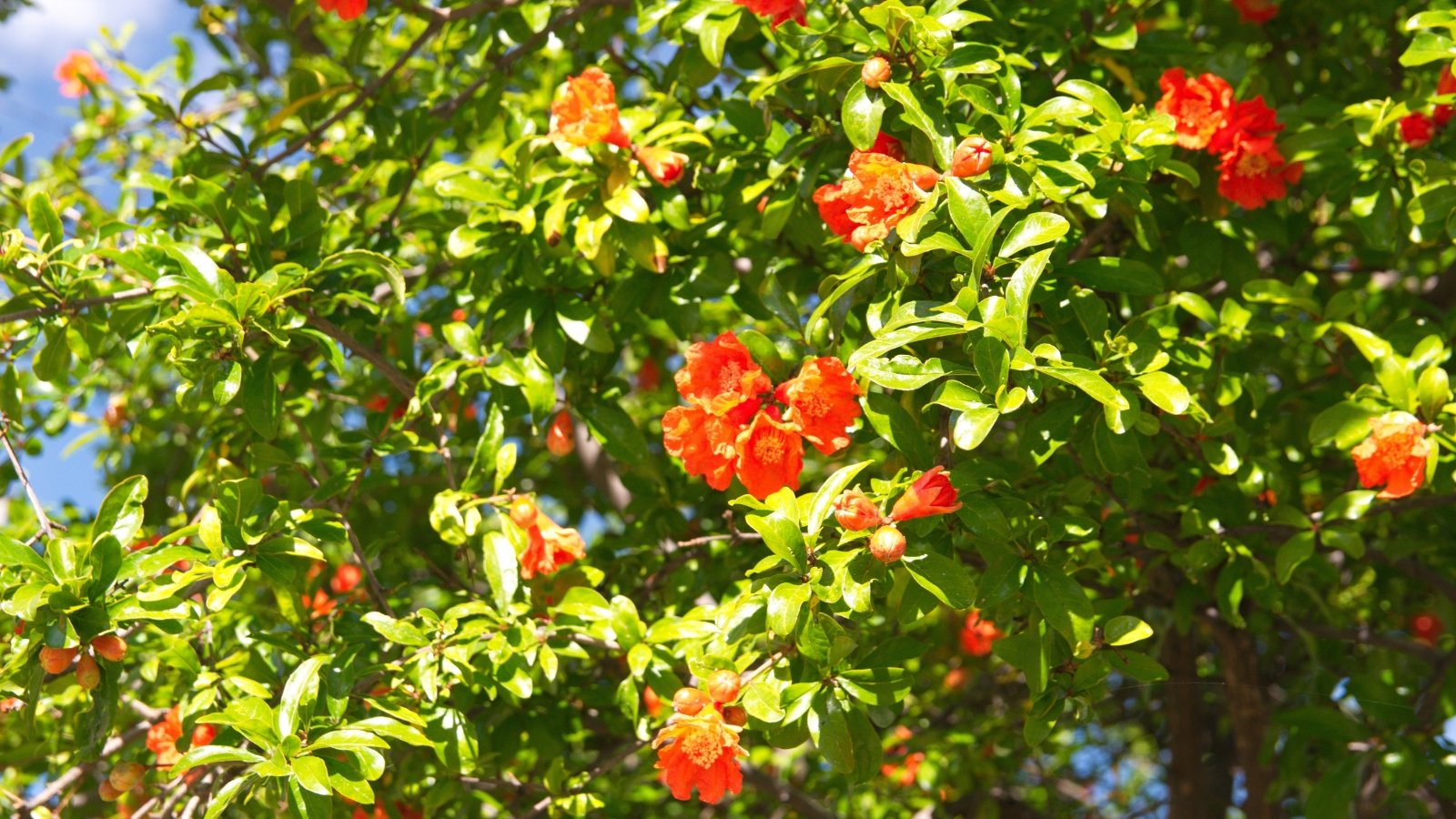
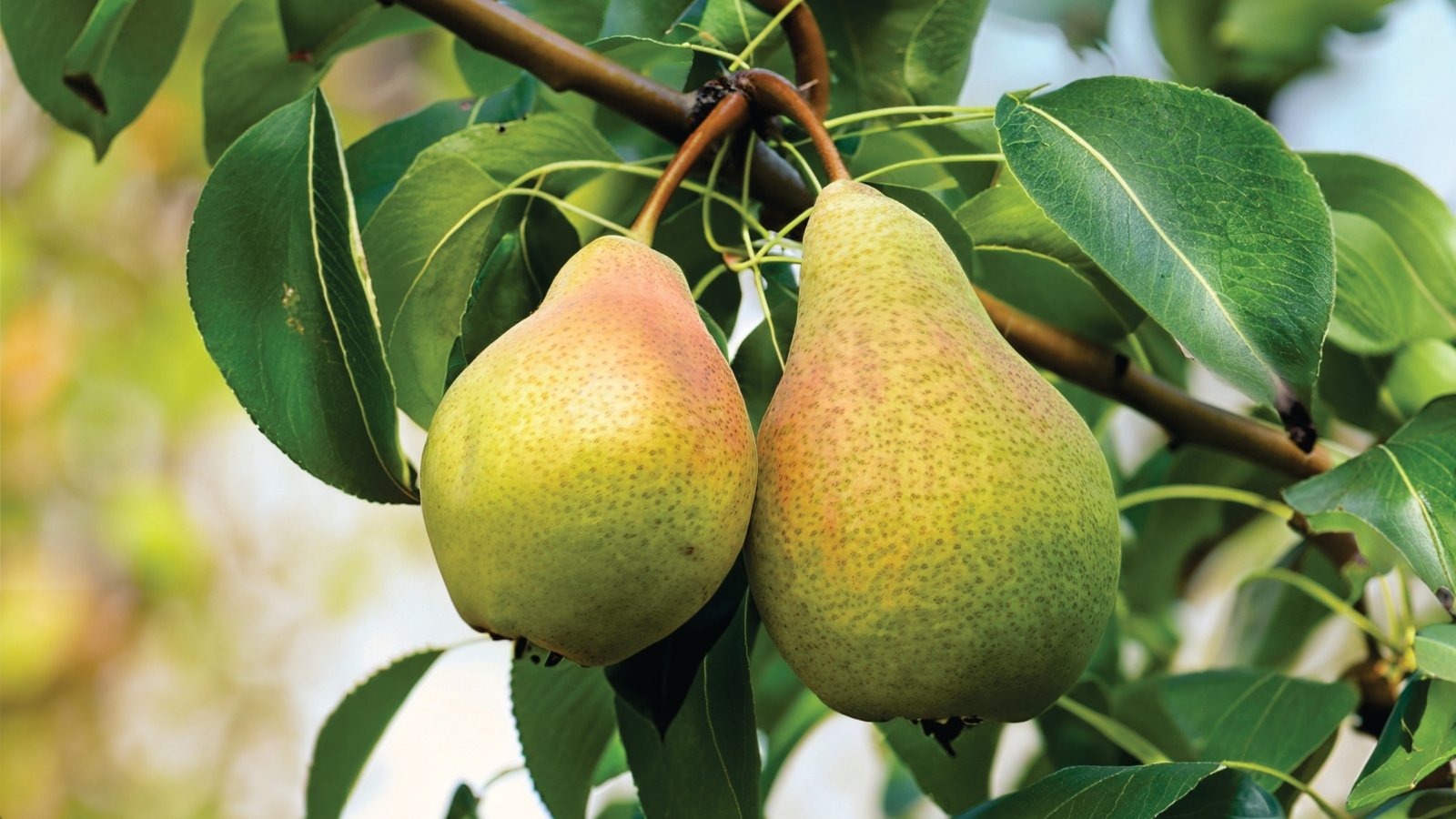
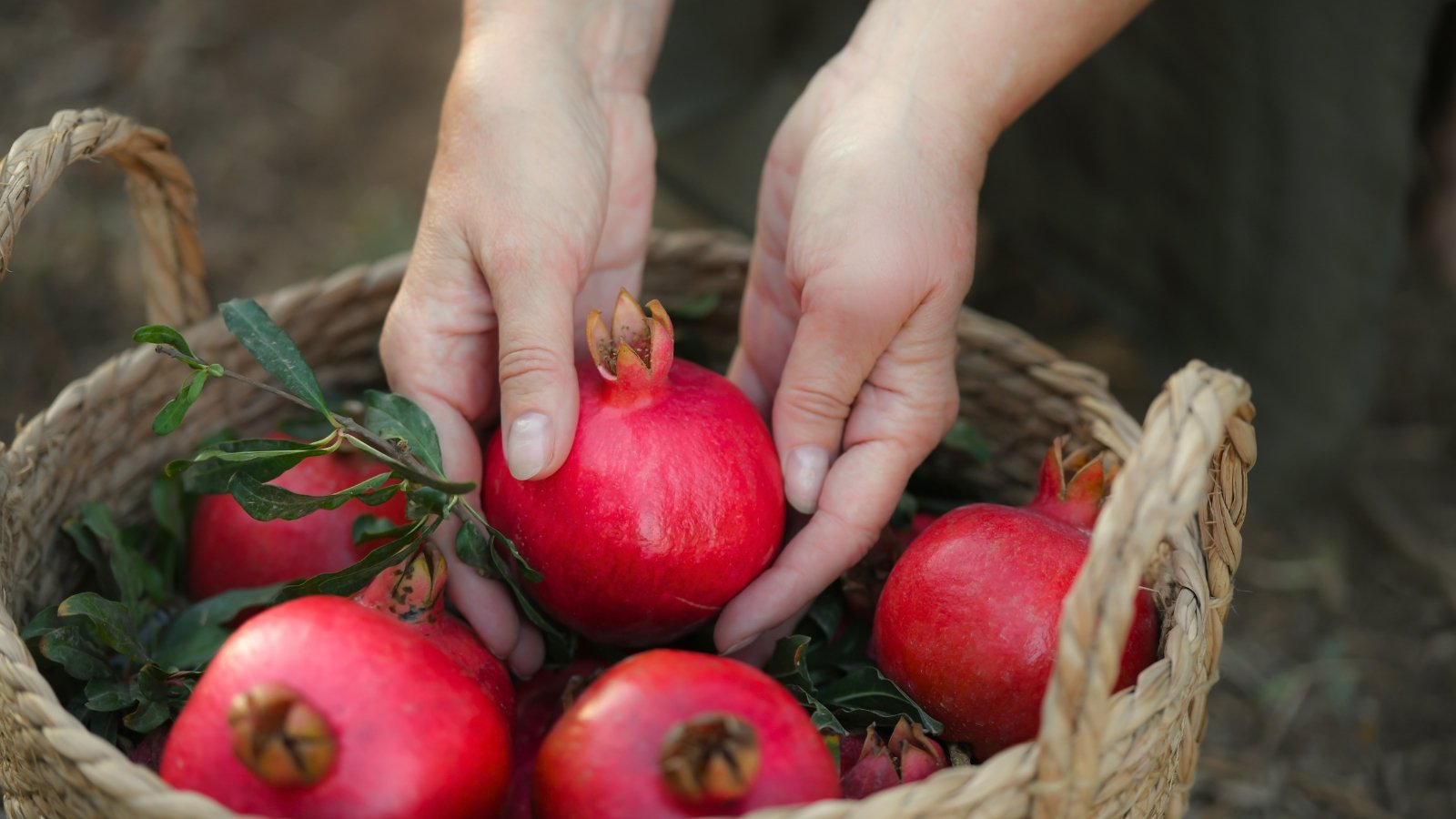
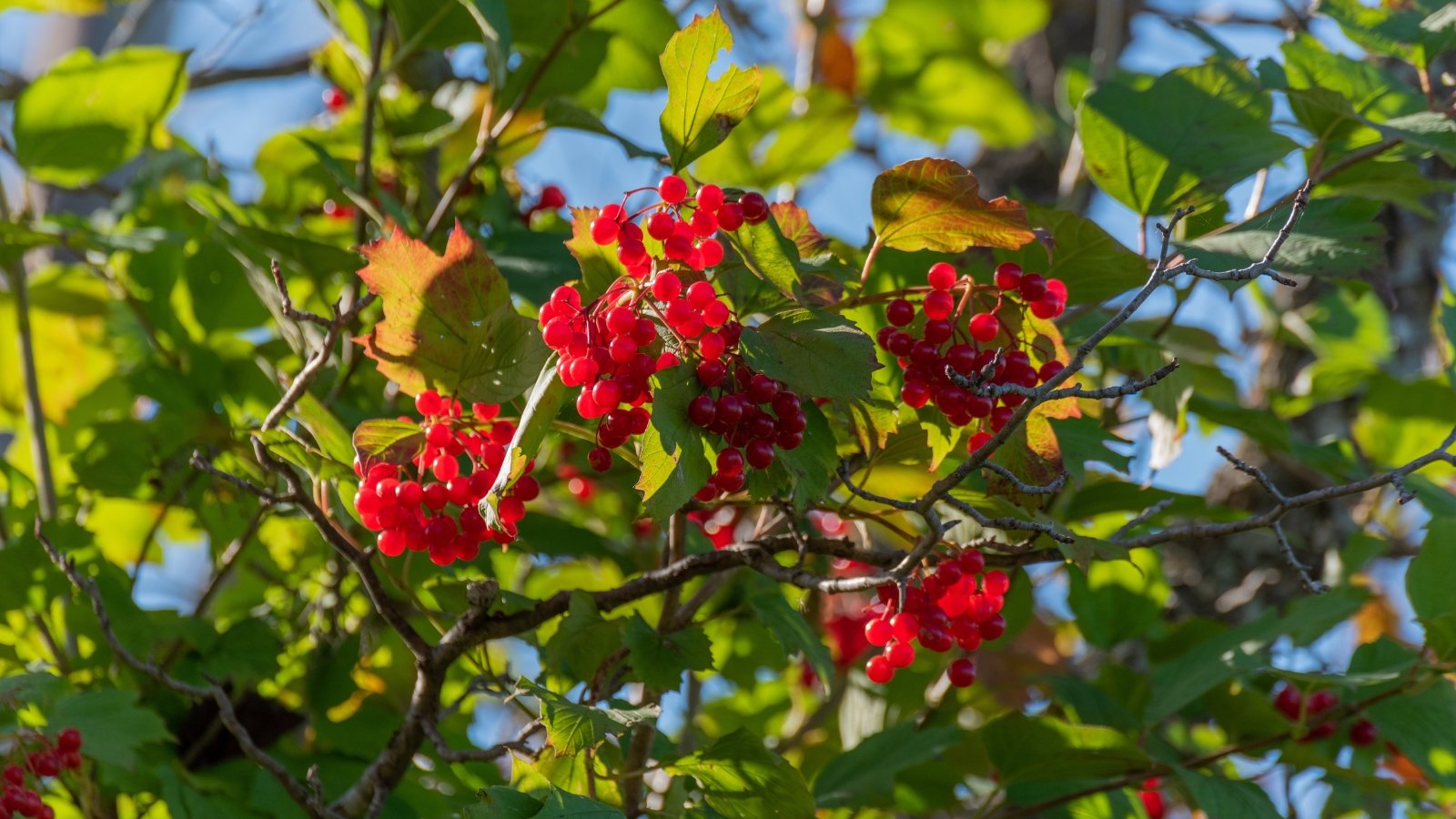
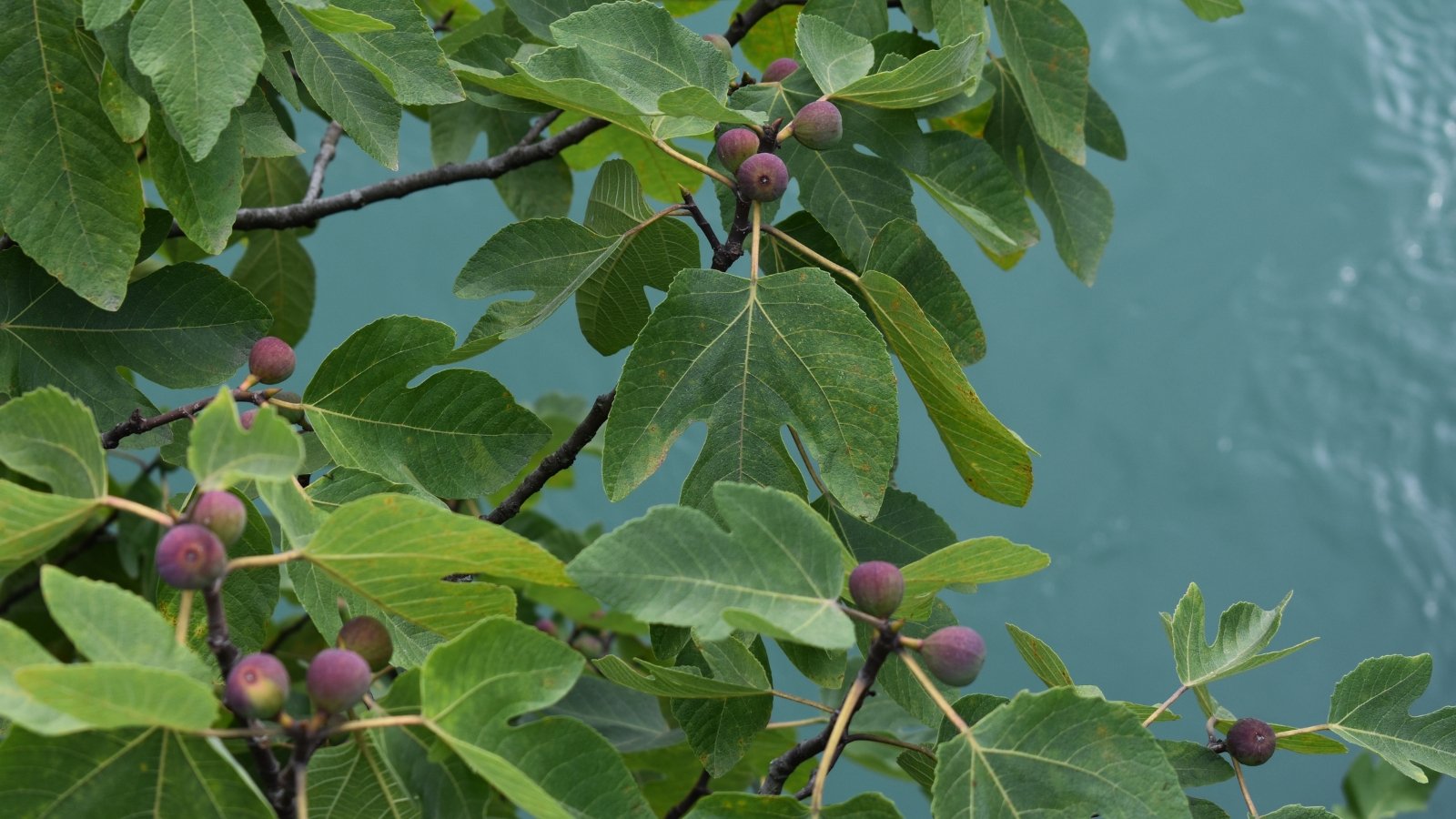

QuirkyDuckling
I found it insightful that cranberries can be grown as ground covers. The dual purpose of having an edible landscape while preventing erosion is quite appealing. This could attract more environmentally conscious gardeners.